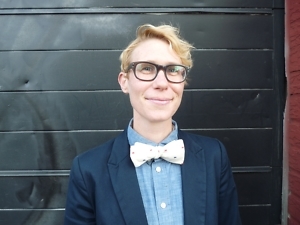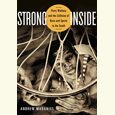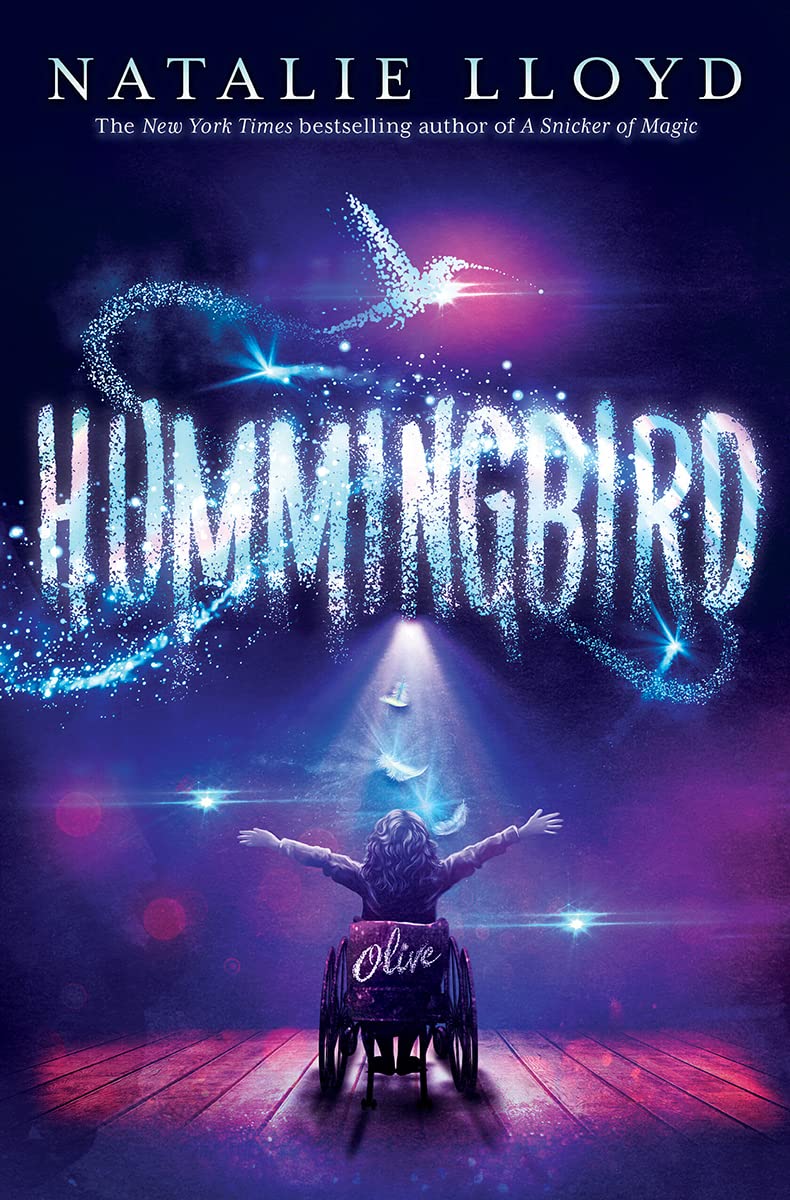A Protection Against Oblivion
Lindsey A. Freeman’s unconventional memoir recreates a childhood in the atomic city
A frequent visitor to her grandparents’ Oak Ridge home as a child, sociologist Lindsey A. Freeman grew up under the shadow of an atomic cloud, an experience she explores in an unconventional new memoir, This Atom Bomb in Me. During World War II, Freeman’s grandfather worked as a courier driving classified materials across the country to Los Alamos, New Mexico, among other destinations. After his death, she writes, “My atomic childhood split, and I understood that life was made up of periods of brightness and darkness—there were moments when you could see the grid of your life clearly, and moments when nothing made sense. I set to work collecting squares of time, forming them into blocks of text, as a protection against oblivion.”

Oak Ridge’s role in the development of the nuclear bomb ended decades before Freeman was born in the late 1970s, yet signs of that secret industry remained. Freeman describes the distinctive design of the city’s planned neighborhoods, including manufactured housing built from panels of Comesto, “a composite building material made from cement and asbestos with a core of sugarcane fiber insulation, a filling the texture of cotton candy.” In This Atom Bomb in Me, she assembles her “blocks of text” into an artistic structure as solid as the Comesto houses themselves and spacious enough to hold the heart of a sensitive and thoughtful child growing up in an unusual place.
Freeman describes This Atom Bomb in Me as “sociological poetry,” a book that embraces memory, research, and popular culture. For inspiration, she draws on a range of visual and literary artists, including Piet Mondrian, James Agee, Henri Matisse, Virginia Woolf, and Samuel Beckett. The book also includes passages from anthropologists, philosophers, sociologists, and other theorists. But Freeman’s heart belongs to Marcel Proust: “Oak Ridge,” she writes, “was my Combray.” Nancy Drew and Davy Crockett share space alongside Atomic Fireball candy, Captain Atomic comic books, and the ubiquitous atomic symbol—found in Oak Ridge on everything from the city seal, a statue of the Virgin Mary, sports teams, and a Boy Scout merit badge. Freeman and her brother played a game called “Mooning the Russians,” in which they mooned passing cars full of imaginary Russian spies and shouted, “For America!”
 Other stories reveal the way the city’s past continued to haunt the city decades later. Deer killed by hunters on property owned by the Oak Ridge National Laboratory had to be tested for signs of strontium-90 and cesium-137: “During every hunt there were deer determined to be too ‘hot’ to be taken off the nuclear reservation, too radioactive to be turned into venison, and too toxic for taxidermy.” Even the trees were suspect—scientists regularly tested and removed trees that showed any sign of contamination. As late as 1991, authorities had to retrieve radioactive frogs that escaped from a pond containing nuclear waste.
Other stories reveal the way the city’s past continued to haunt the city decades later. Deer killed by hunters on property owned by the Oak Ridge National Laboratory had to be tested for signs of strontium-90 and cesium-137: “During every hunt there were deer determined to be too ‘hot’ to be taken off the nuclear reservation, too radioactive to be turned into venison, and too toxic for taxidermy.” Even the trees were suspect—scientists regularly tested and removed trees that showed any sign of contamination. As late as 1991, authorities had to retrieve radioactive frogs that escaped from a pond containing nuclear waste.
Ultimately, as Freeman catalogues and critiques each memory, each tidbit of trivia, she finds herself more and more “uneasy inside an unhesitating, overly confident culture built on the principles of Atoms for Peace and Mutual Assured Destruction.” When asked about Hiroshima and Nagasaki, Freeman’s family members “return like a skip on a record to state: ‘It was a terrible thing, but we had to do it. Thank God we had the atom bomb and not the other guys.’”
This Atom Bomb in Me is more than a memoir. It’s also a work of social science, however unconventional. “My hope,” Freeman writes, “is that this project leads to some understanding of an atomic Appalachian habitus born of nuclear spaces, southern living, Reagan-era politics, and the culture and cultural objects of the Cold War.”

A graduate of Auburn University, Tina Chambers has worked as a technical editor at an engineering firm and as an editorial assistant at Peachtree Publishers, where she worked on books by Erskine Caldwell, Will Campbell, and Ferrol Sams, to name a few. She lives in Chattanooga.


